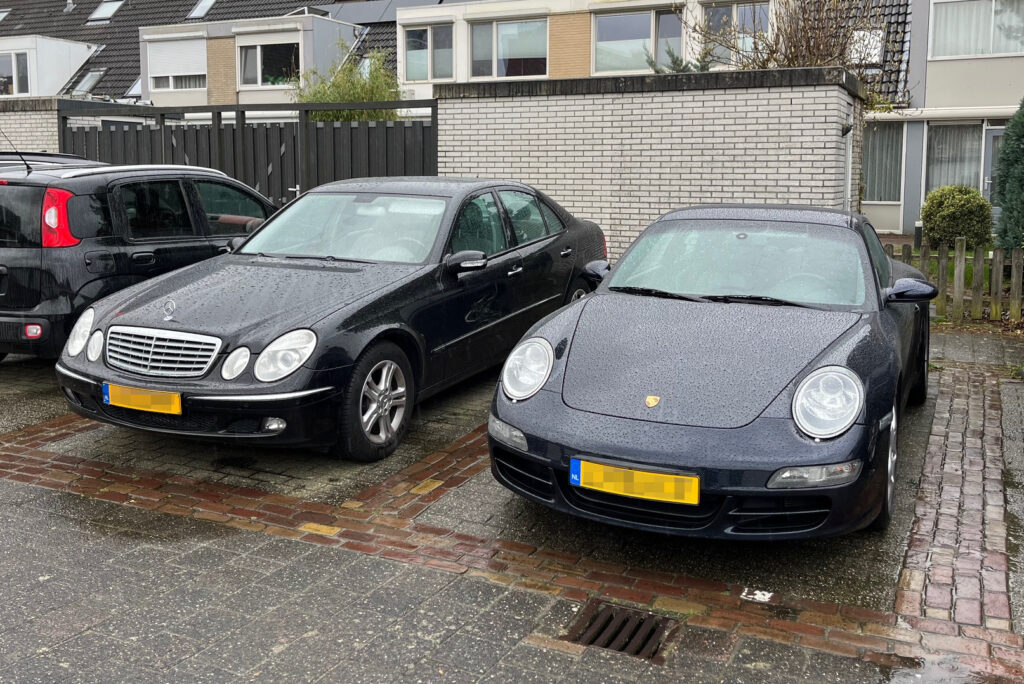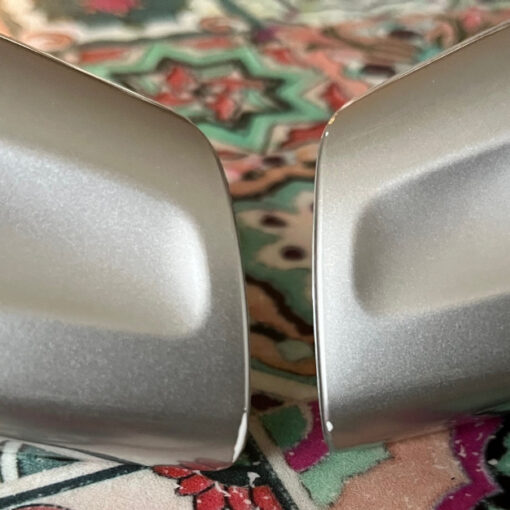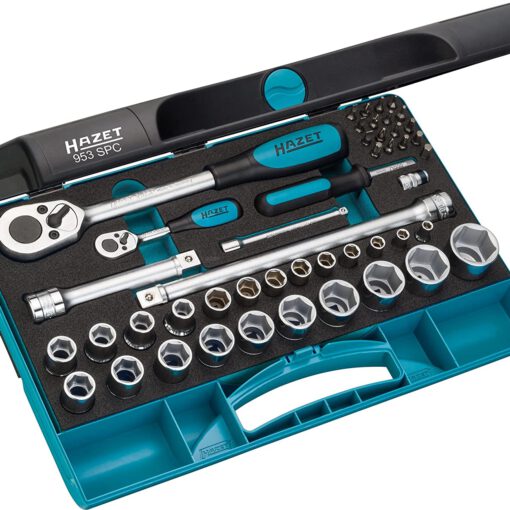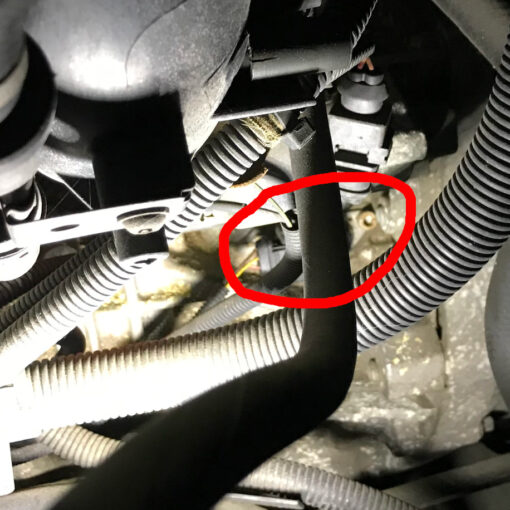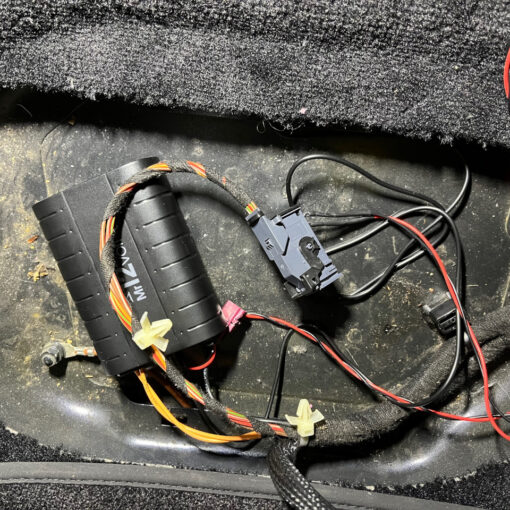Owning a 911 has long been a dream of mine, partly because I had the chance to drive a 1973 Carrera RS back in 2003. Hence for a long time my dream car was an F-model 911 in Blutorange (preferably the 2.4S), but these have become way too expensive. I’ve also become somewhat soft with age and appreciate the comforts of modern cars with things like air conditioning and proper noise insulation. That’s why I’ve been monitoring the prices of the 996 and 997 models for several years now, which clearly showed that 996 prices are on the rise (but they still are the most affordable 911) and that 997 prices are stable.
Yet I hadn’t expected to be able to fulfil the dream at this time, as we were saving for other plans. But realizing that it might me a while before these could become reality, that you never know how life goes, and that it is somewhat unclear what the future holds for internal combustion engined cars, we decided that this might be the time after all. I initially looked for a 996, but we then decided to go for my dream car instead, the 997. While the first-generation 997 isn’t that different mechanically from the 996, I like the looks and the interior of the former a lot more. The 997 is also my favourite water-cooled 911, as the later models are larger and have electric power steering.
I had four requirements for the car:
- Coupé
- Two-wheel drive (i.e. Carrera or Carrera S)
- Manual transmission
- Blue paint
There were three blue colours available for the 997.1 (a 997.2 was beyond my budget). Lapis Blue was a special order colour, Cobalt Blue appears to be very rare. Night Blue is the most common, but even then, there were exactly two cars available for sale in the Netherlands in this colour.
The first one was a very early Carrera S with blue interior. A bit light on options, it appeared to still have the original (small) IMS bearing and clutch, which would have meant an investment of €3,000 to €4,000 right away to get these replaced, as I could not live with the reported 5%-10% reported failure rate of the small single-row IMS bearing.
The second one was a 2006 Carrera with the later large IMS bearing and 200,000km on the clock. This car was decently optioned with xenon headlights, black leather interior, heated sports seats, tinted windscreen, and of course PCM with navigation, CD changer, and phone module. Also no sunroof, which is rare, but a plus in my opinion. Even more importantly, the engine had been replaced with a revised engine less than two years ago. I even managed to track down the second owner, who had owned the car for more than 10 years and clearly missed it. He also verified that the car was accident-free and told me that it had been completely repainted in 2019.
I gave the car a thorough check and saw nothing wrong with the body or mechanical parts. The dealer was clearly knowledgable about these cars and their shortcomings, as he had not moved the car so that I could witness a cold start (smoke is a clear indication of bore scoring). The downside: the interior showed clear signs of use, such as scratches on the door opener and wear on the steering wheel panelling. Other things to look out for in these cars are the state of of the air conditioning condensers, brakes, and exhaust.
During the first few minutes of the test drive, the car took some getting used to. I’ve been driving rather soft automatic transmission cars for several years now, so sitting in this low and bouncy car with the engine noise behind me came as a bit of a shock. But after a few minutes I settled in, and at the end I felt the desire to drive again – which is what eventually gave me the push I needed to spend a lot of money on the car. The stiff suspension also made me understand why some people find the Carrera S (which has the PASM dampers with even stiffer springs) too stiff for poor roads, or go to 18″ wheels with taller tire sidewalls. I got the car at a price that left me the room to deal with the interior and some functional improvements (Bluetooth and cruise control).
